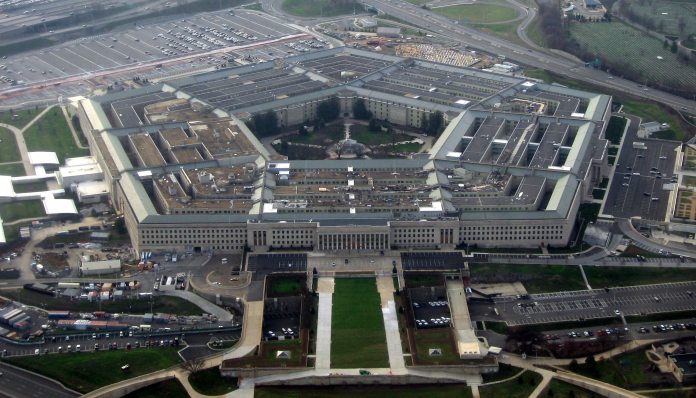In an interview with Business Insider at the World Economic Forum, Smith talked a little about why he believes the company triumphed. According to the executive and chief legal officer, it came down not to favoritism, but investment and hard work. “What was surprising to the outside world in terms of end result was less surprising to us,” he said. “We knew how hard we had been working and, perhaps more importantly, how much progress we made in not just satisfying but exceeding the requirements.” With two years between the announcement of JEDI and the decision, Microsoft began to rapidly expand its capabilities. Rather than focusing on what it has already built, it looked at the requirements and how it could work to exceed them. “What we did was think about this not just as a sales opportunity, but really, a very large-scale engineering project,” Smith continued. “We didn’t stop improving the project or a feature when we got to the point where we met the requirement. We saw each area as potentially an opportunity to exceed the requirement and the feature that the Pentagon wanted.” “We stayed and said ‘Look, somebody like the Department of Defense is going to need forward deployment that is not going to be like, ‘Oh, here’s the cloud,” he said “We just built basically a leadership position in what people describe as hybrid computing.” Hybrid cloud refers to the practice of using a mix of private and public cloud. An organization can keep its classified data on a private cloud while seamlessly running workloads and applications that rely on the data on Azure. It’s clearly a structure that could appeal to the Pentagon, who handles swathes of classified data. Undoubtedly, the arguments will continue well into the future, with Microsoft insisting it won out of merit, and AWS out of preferential treatment.




